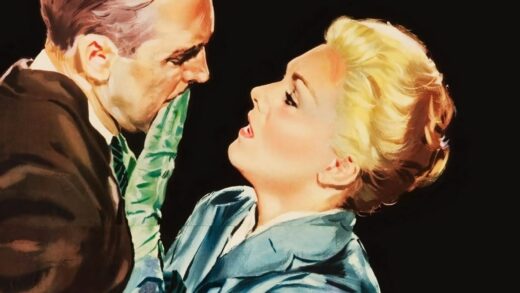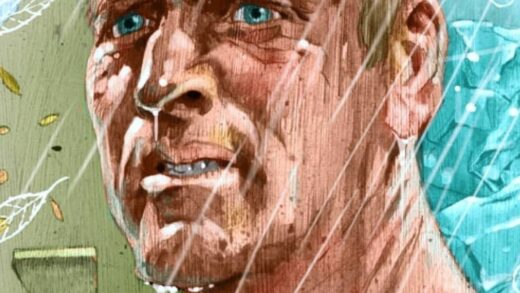Frankenstein Review: A Landmark of Horror
In the history of cinema, very few films are as influential and as significant as James Whale’s 1931 Frankenstein.
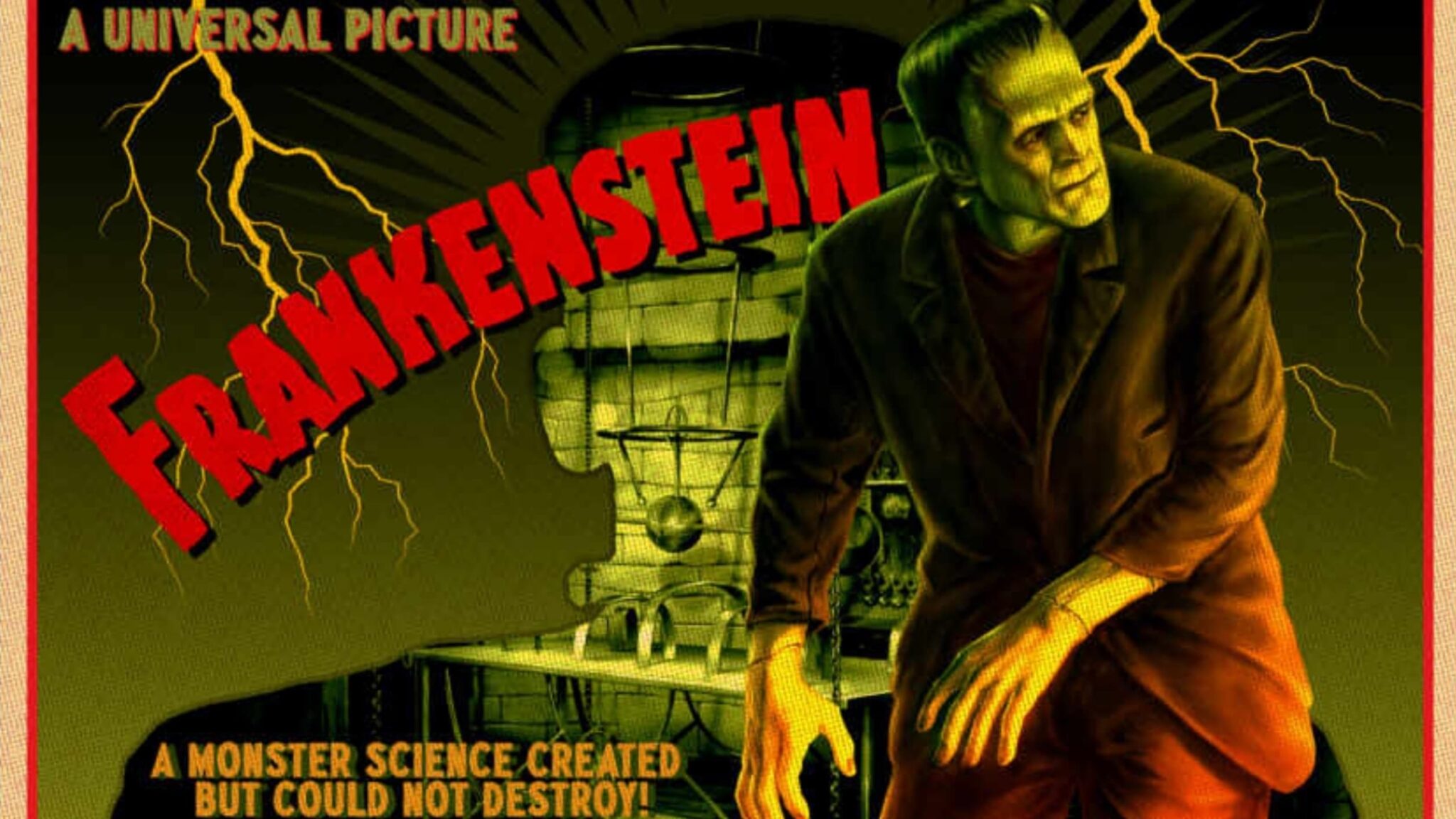
How Frankenstein Came to Be
Adapted from a stage play that is itself adapted from Mary Shelly’s 1818 novel, the Universal Pictures’ Pre-Code rendition of the classic tale, although attempted many more times in the following decades, still remains perhaps the most important and powerful of the bunch. Following recent financial trouble, and encouraged by the success of the film Dracula starring Bela Lugosi from the same year, the studio sought to make more horror films and Frankenstein saw the light of day and came into the hands of British-imported director James Whale after a rocky pre-production.
The biggest change that Whale made is one that was of utmost importance and a significant detail of Shelly’s source material. While initial director Robert Florey depicted the monster as merely a killing machine, Whale gave him back a sense of humanity and morality which makes him an infinitely more complex character.
The story is so well-known that I feel the plot needs no introduction, but for those few readers who have never experienced the story in any shape or form, it revolves around a mad scientist on a quest to create life. Alongside his hunchback assistant, he digs through cemeteries to gather different body parts, and finally, steals a human brain as the final ingredient. On a stormy night, Frankenstein’s monster ceremoniously comes to life, but the brain he has is revealed to be a criminal brain, and thus, he flees and embarks on a rampage that poses danger for everyone in proximity.
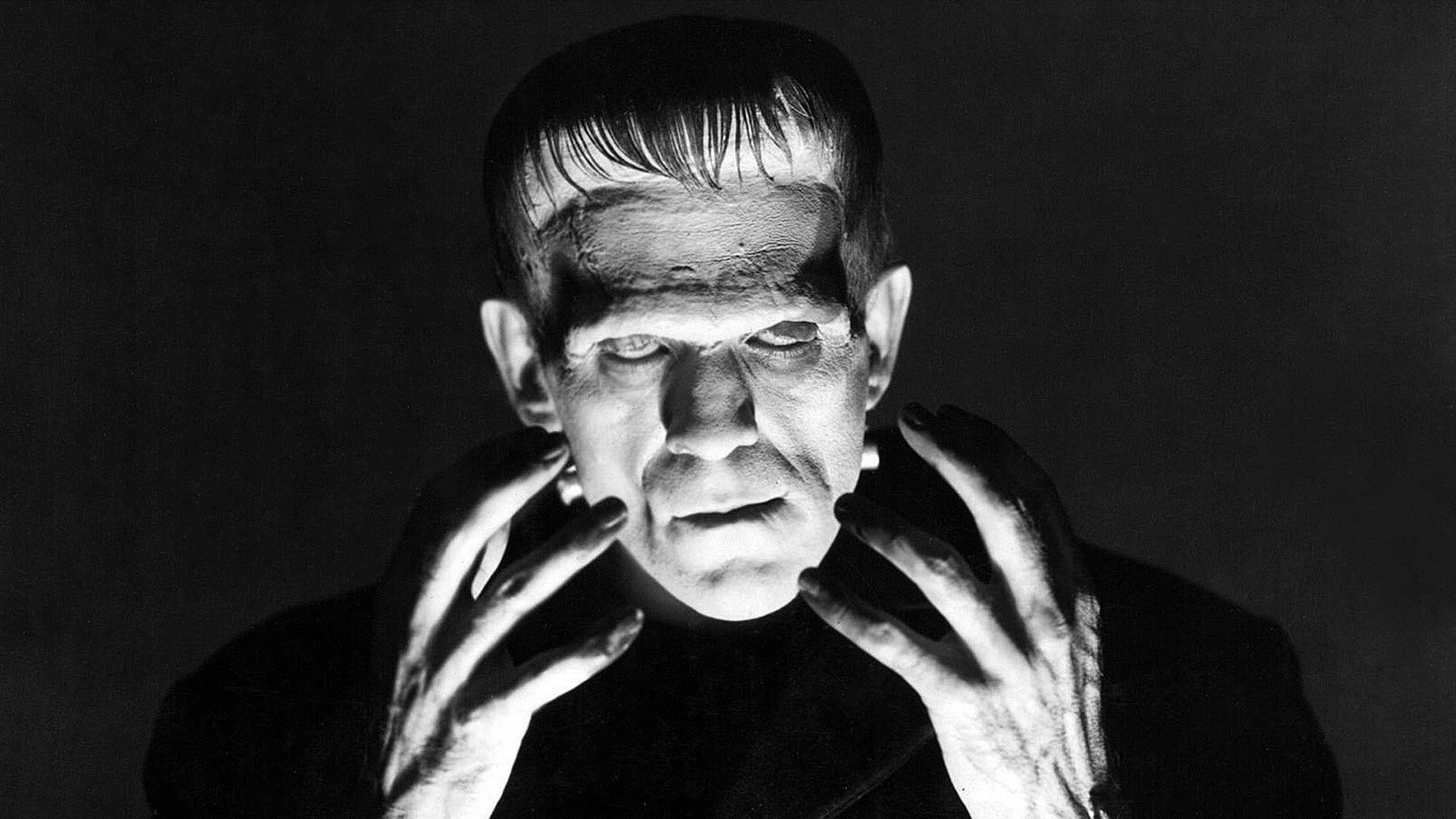
Frights in Madness, Sorrow in Death
For newer generations who grew up with technologically advanced special effects and over-generous use of jump scares, it might be a little difficult to appreciate the beauty of Frankenstein. It relies solely on atmosphere and the sheer morbidity of its story to create an incredibly tense and shocking experience. With a short runtime of just over an hour, the experience is concise and compressed down to the essentials: the film opens with a warning from the narrator, instantly arousing suspense, and proceeds to present the audience with a beautifully constructed scene at a cemetery where the two men exhume a recently buried corpse. The narrator’s warning arouses suspense, and what comes afterward satisfies and amplifies it.
The first half of the film is dedicated to the mad scientist’s quest to create life, depicting its different stages that only escalate in their insanity and shock, ending with the iconic creation scene: carefully curated lighting, Dutch tilts, and close-ups render this segment one of the most iconic in cinematic history, a scene that’s been parodied and replicated countless times in the ninety years since.
From Mel Brooks’ Young Frankenstein to The Rocky Horror Picture Show, it is everywhere. In a scene that symbolizes the moment of truth in the film, the scientist’s quest is challenged and it is here that it will be revealed to be either mere madness or miraculously fruitful, but of course, it’s the latter…and: It’s Alive!
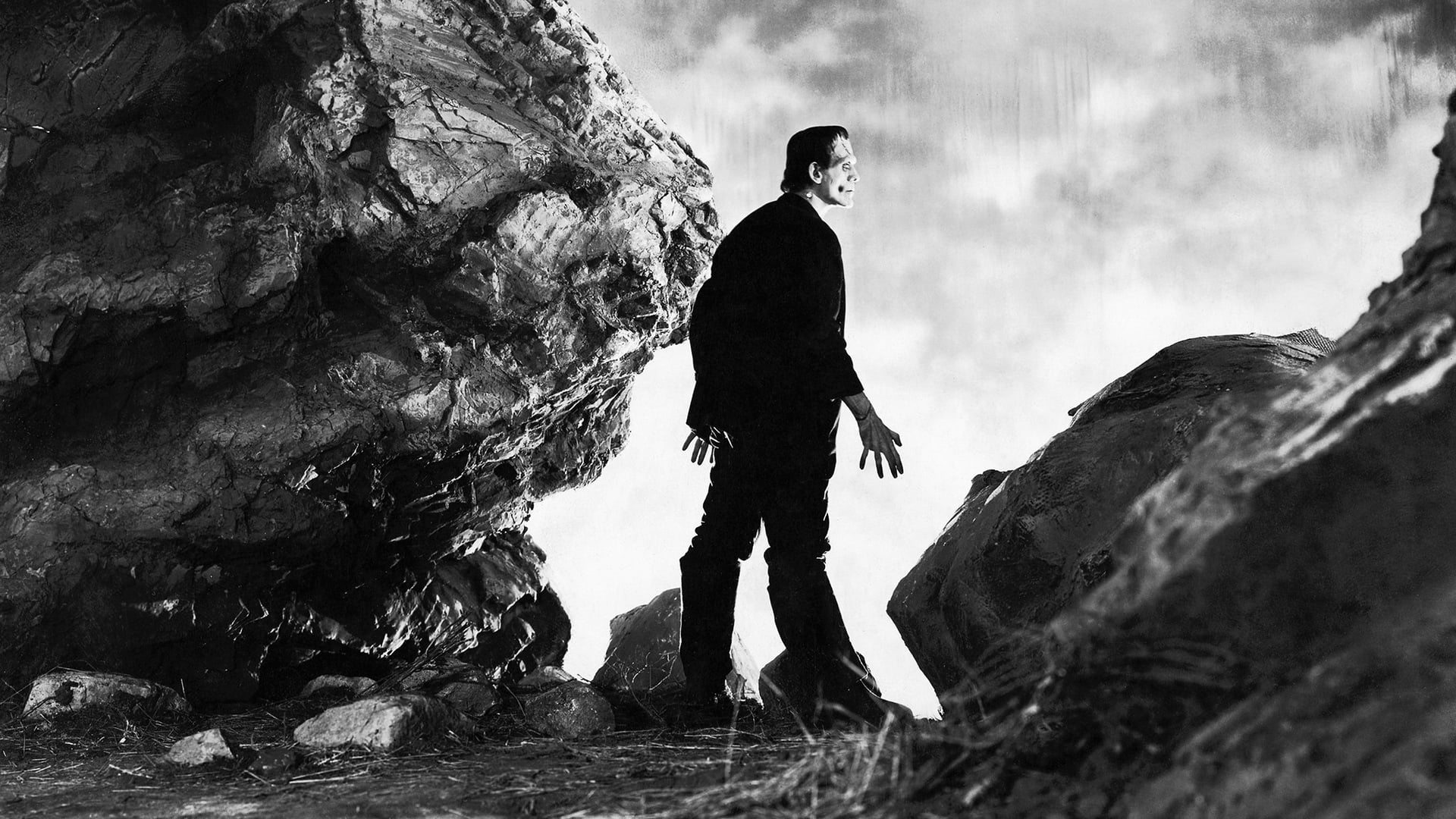
Frankenstein is Alive and Continues To Be So
The second half of the film is its most tense, the creature is alive and free-roaming, which means great danger to everyone unfortunate enough to meet it. But the creature is not exactly without a sense of morality: while the audience doesn’t exactly sympathize with the death of the hunchback, they realize that it was because of his taunts, and while they are shocked by the young girl’s death (a scene that was censored after the Production Code in 1934), they realize that the monster was simply being playful, not knowing any better. Frankenstein’s monster is a great danger, but is he to be blamed?
The film boasts incredible performances from everyone in the cast: Colin Clive as Dr. Frankenstein gives a powerful performance that truly feels like madness, giving off a sense of unexpectable danger even at the calmest moments, and Boris Karloff kills it as the creature, the makeup department’s incredible achievements coupled with his unnerving, melancholic screen presence make his character as deadly as he is complex. The vast majority of the film has no score, and that only adds to the overall eerie feeling. Silence is just more effective.
James Whale’s Frankenstein survived censorships in different states of the world, condemnation by different governments, and the strict rules of the Production Code that tried to cut it in half three years after its release. But most importantly, it survived almost a century of incredible achievements in the horror genre, and today, 93 years later, it is still considered one of the greatest horror films to ever be made: a simple tale with an intricate sense of morality, and a captivating, intense and instantaneous sense of immersion that is rarely found today…89 years later, it is still alive!
- February 6, 2024
